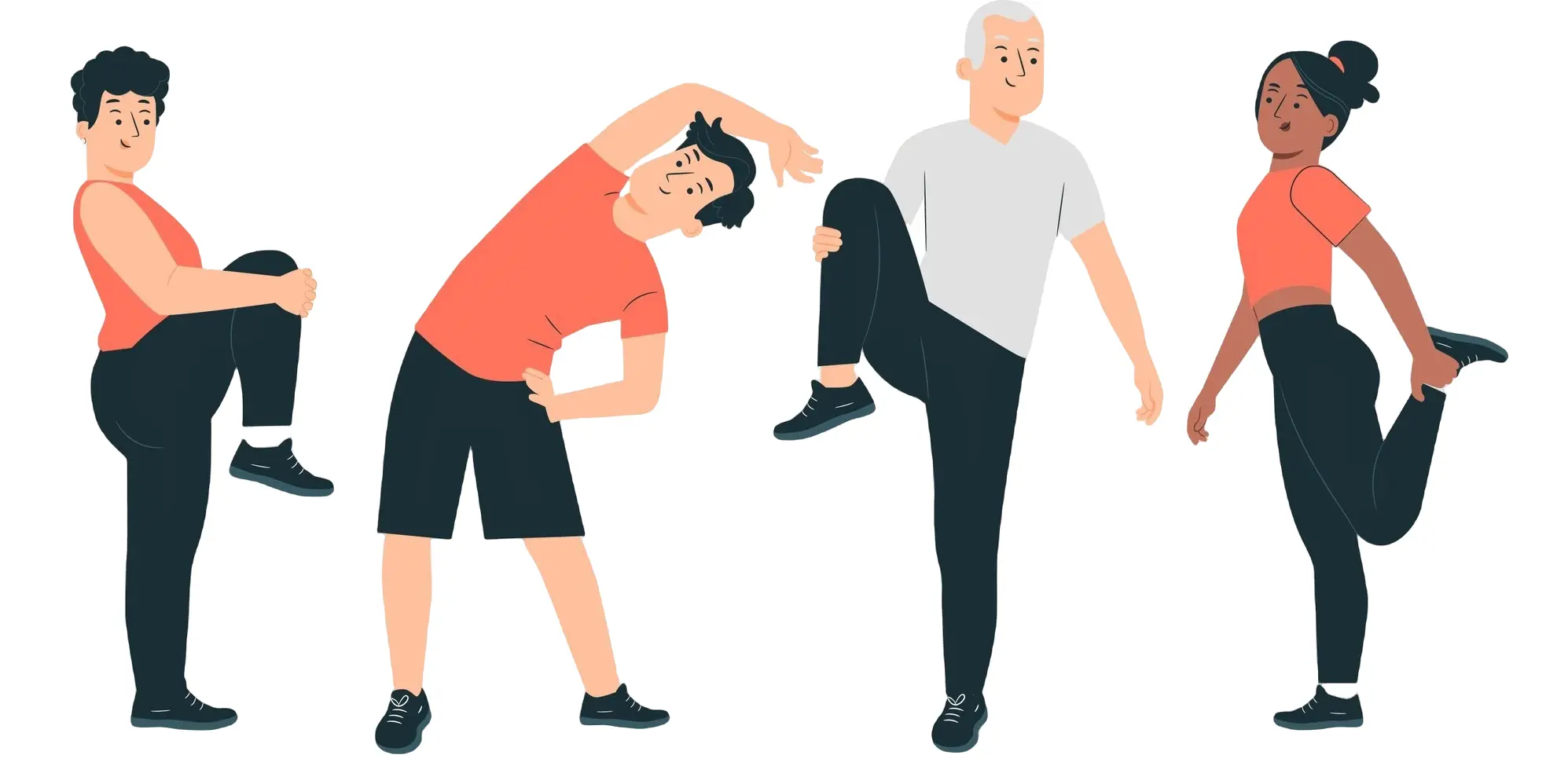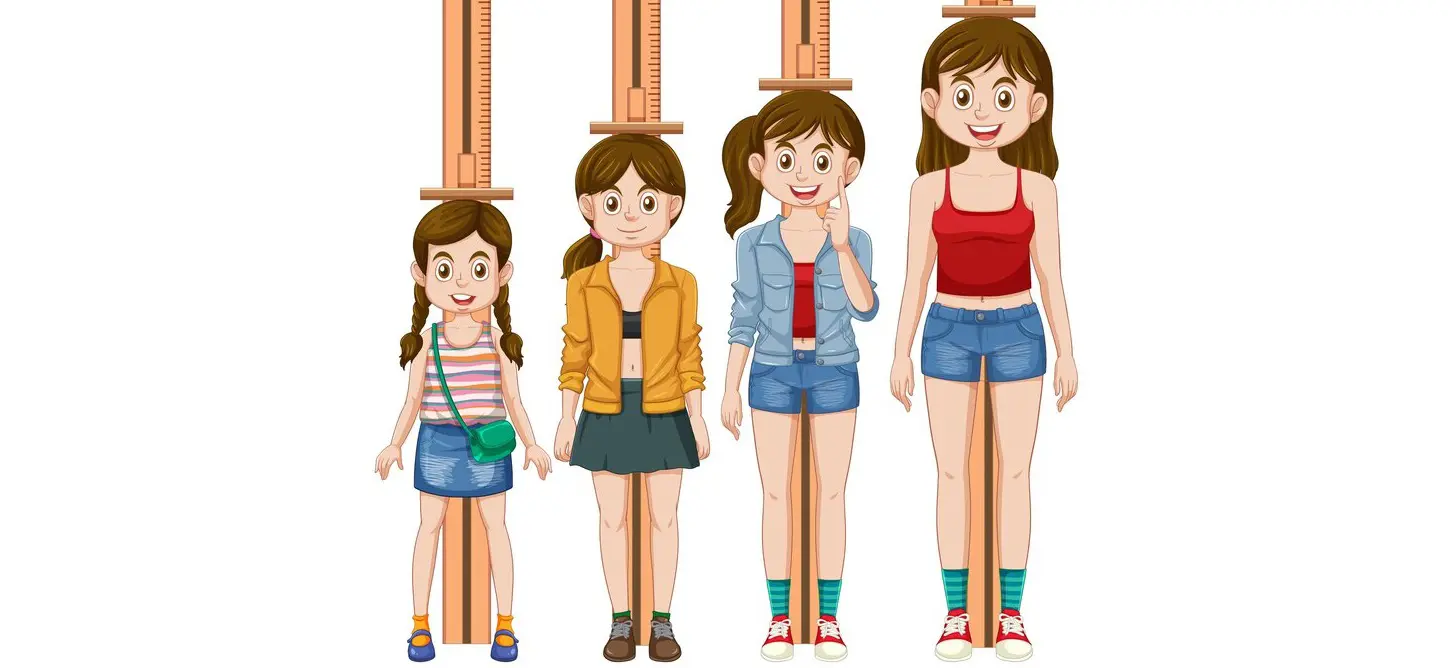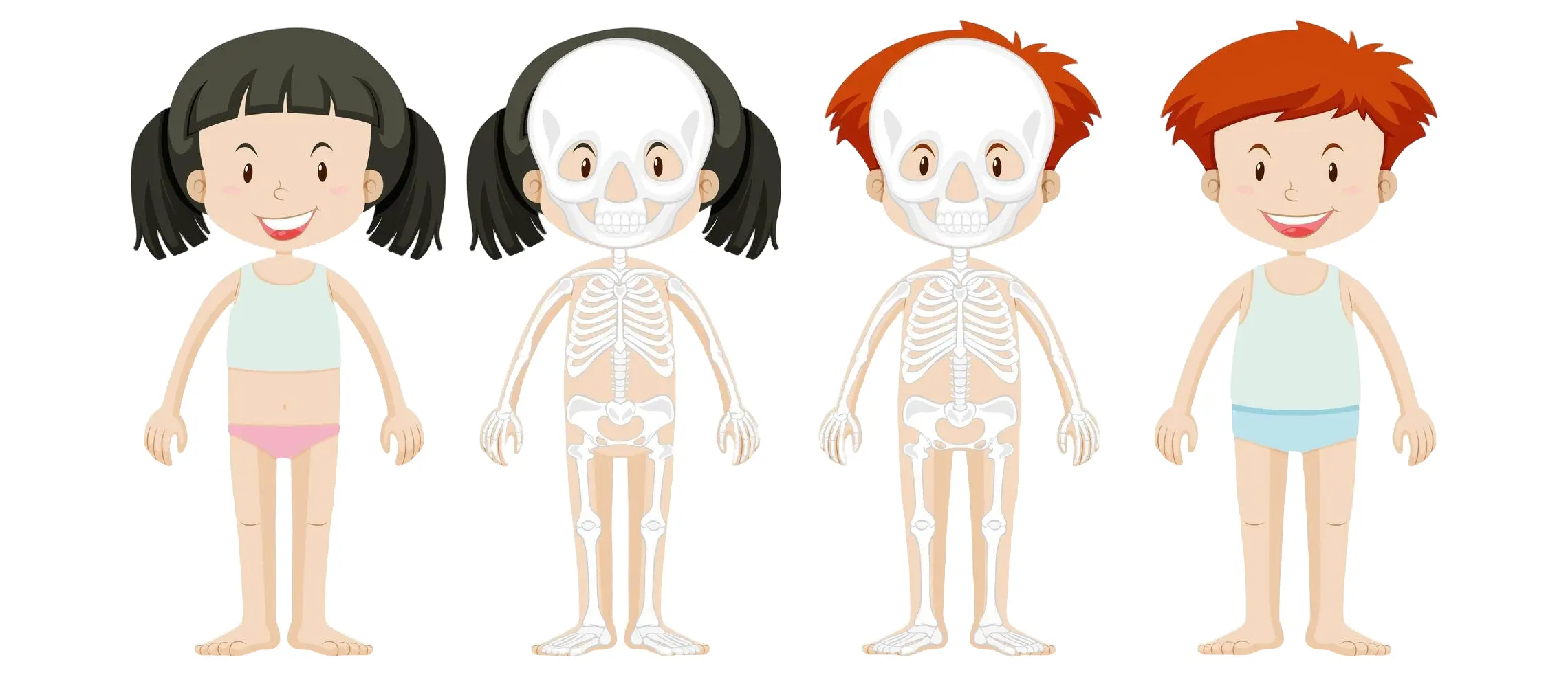How physical activity can improve bone health?
An essential component of the entire plan for enhancing bone health is exercise. In reality, bones are living tissue that is always changing, despite the fact that we see them as solid, rock-like formations. By the age of 25, bone mass often reaches its peak and then gradually decreases. During the first few years after menopause, bone loss increases. Bone health is influenced by our diet, level of physical activity, and a number of genetic and lifestyle variables. In addition to regular exercise, healthy eating, high amounts of calcium, vitamin D, and estrogen are also necessary for healthy bones. Before beginning any fitness regimen, consult your doctor if you have been diagnosed with osteoporosis or osteopenia.
Enhance your body mechanics and posture first.
The amount of stress on our spine can be influenced by the way we work, play, sit, and move. The spine has an S-curve when viewed from the side. When these organic curves are preserved, it becomes ten times more powerful. Your spine can be protected against fractures and back discomfort can be reduced or avoided with proper body mechanics and posture. (However, if your doctor recommends treatment for osteoporosis, it is really crucial to follow through on it.) General Posture Advice:
• Imagine pulling up a thread on top of your head when you're sitting or standing.
• Keep the muscles in your stomach from sagging. The secret to keeping proper posture is having a strong core.
• Keep your low back's curve natural—not flat or pronounced.
Sitting Posture:
• Avoid sitting or remaining still for extended periods of time.
• If you find it comfortable, use a lumbar roll (or a pillow or rolled-up towel) to keep your low back's natural curve.
• Sit in a sturdy, straight-back chair with your hips all the way back.
• Keep your screen at eye level and refrain from extending your neck.
• To get out of a chair, stand up after sliding forward without slouching.
Maintain a flat back.
• When lifting even the smallest object, use your legs. Maintain a broad base of support. Maintaining an erect chest, squat down and then raise or stand up.
• Steer clear of forward bending. Bend where your legs meet your trunk rather than at your waist if you must lean forward.
• Hold items close to you and refrain from twisting when lifting.
Before new methods of carrying out everyday tasks become second nature, they need to be practiced often. However, long-term back health is the reward. Make a few adjustments to begin. Try to be mindful of your motions and take precautions to keep your spine safe.
Put Flexibility First
We spend a large portion of the day bending or sitting. This can strain the spine and cause some muscles to stiffen. Developing strong flexibility in your back, hamstrings (the back of your leg), hip flexors (the front of your thigh), and pectoral (chest) muscles is crucial as part of a stretching regimen. Exercises that require forward bending should be avoided as they may strain the spine's discs and bones. Hold the stretch for 15 to 30 seconds after stretching the muscles to a point of tension rather than pain. Follow a healthcare provider's instructions or do this at least three to five times every day.
Include Strength Training
One of the most crucial things you can do to develop or preserve strong bones is strength training. Include these strategies in your daily routine for optimal results:
• Three times a week, work on different muscle groups, such as the arms, legs, shoulders, and back, doing eight to ten repetitions of each exercise.
• Rather than coasting through an easy workout, gradually increase resistance (i.e., use heavier weights) as your muscles get stronger.
• By performing upper body and standing workouts, concentrate on enhancing bone density in the spine.
• Have a qualified fitness instructor create a strength training program for you that targets all of your key muscle groups.
• Acquire the skills necessary to strengthen your abdominals and upper/lower back for correct posture.
• Remain consistent because resuming to exercise after a hiatus frequently results in injury.
Boost Exercise Using Weights
The impact of each stride, jump, run, or balance on a body component creates compressive force on the bone, which promotes bone formation. Regular weight-bearing exercise that is suitable for your current bone health and fitness level is therefore crucial. For instance, jogging, dancing, soccer, tennis, squash, basketball, stair-stepping, uphill walking, very rapid walking, high-impact aerobics, and jump rope or jumping exercises can all be excellent bone-building exercises. A stronger bone reaction results from a range of movement patterns and high impact forces. To exercise safely, though, you must have sufficient strength, heart health, and bone integrity. What is safe and effective for you can be determined by your healthcare professional. An essential component of a weightbearing exercise regimen is strength training exercises performed standing or while supporting your weight with your hands or legs.
Consider Balance Training
You'll be able to maintain your balance more readily if you have adequate strength and flexibility. Balance-related activities are also beneficial to do in order to assist prevent falls and protect your bones. Good balance can be fostered through a variety of dance, yoga, and martial arts training, including tai chi.
A straightforward exercise: Spend 30 seconds practicing one-footed standing. Do the same with the other leg. Once you can do this with ease, try closing your eyes or moving the "air leg" in and out or forward and back. You can engage in a variety of balance-related games and activities. Just keep in mind to go slowly and to stand close to something you can hold onto in case you need to check your balance.
Young adults and adolescents who exercise can increase their bone mass. Success after your mid-30s implies preserving your existing bone mass or reducing the rate of bone loss. Exercise is good medicine for your body and bones, regardless of age.




 Inherently.webp)

